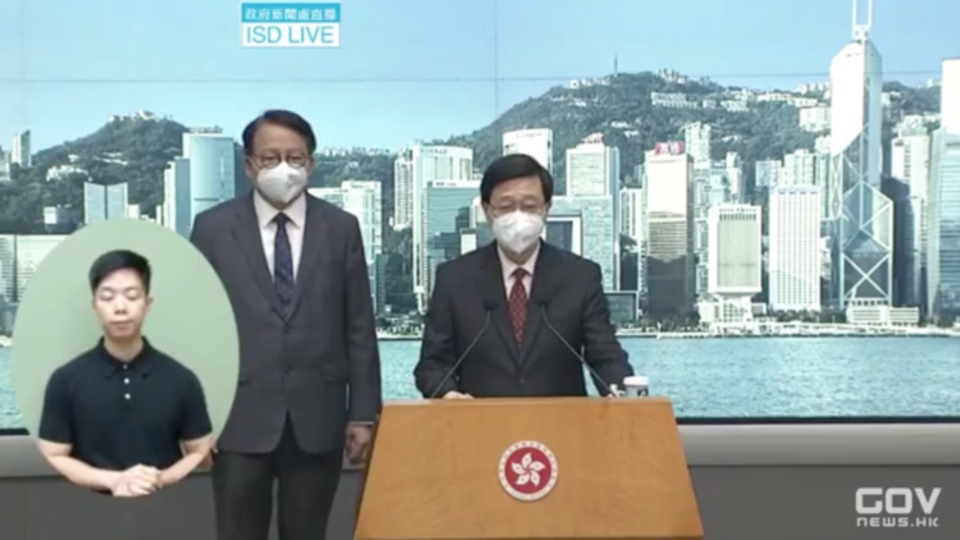Going to mainland China from Hong Kong may soon get easier as a Covid-19 “reverse quarantine” proposal by the Hong Kong government is getting the support of its counterparts across the border, the city’s leader John Lee revealed on Thursday.
Speaking to reporters after remote talks with Shenzhen and Guangdong officials on Thursday, Lee said that, under such a plan, those traveling from Hong Kong to the mainland would first quarantine in Hong Kong before heading to Shenzhen in a closed-loop manner.
The chief executive added that authorities are considering using the Lok Ma Chau Loop community isolation facility — which is near the border with China and has around 11,000 beds — as the site for isolation in Hong Kong, which would replace the mainland’s current seven-day hotel quarantine and three-day home surveillance arrangement. The number of days travelers would need to stay at the isolation facility under the plan is still unclear.
“Guangdong and Shenzhen authorities both showed their support [for the scheme] and agreed to set up a task force to discuss the details of implementation,” he said, adding that Chief Secretary Eric Chan will lead the team in Hong Kong.
Lee also said the task force will meet as soon as possible to alleviate the burden on quarantine hotels in the mainland.
Demand for such quarantine rooms is high in mainland China but there is hugely insufficient supply.
Separately, Secretary for the Civil Service Ingrid Yeung said officials will look at all possible ways to get more people jabbed after a number of children suffered serious symptoms after contracting the coronavirus.
“We will consider all the means to increase the rate of vaccination,” she told reporters on Thursday.
This comes after local media reported that the government is looking at extending the lower age limit of the city’s vaccine pass — which only allows those meeting vaccination requirements to enter venues such as restaurants and cinemas — to children as young as five.
Yeung noted that the rate of vaccination among those aged six months to three years is still low at around 11 percent. Vaccinations for children in that age group were only made available four weeks ago.
With schools having started today (Sep. 1), she urged parents to quickly get their children jabbed to lower the risk of them getting severe illnesses, adding the shots are very safe.




